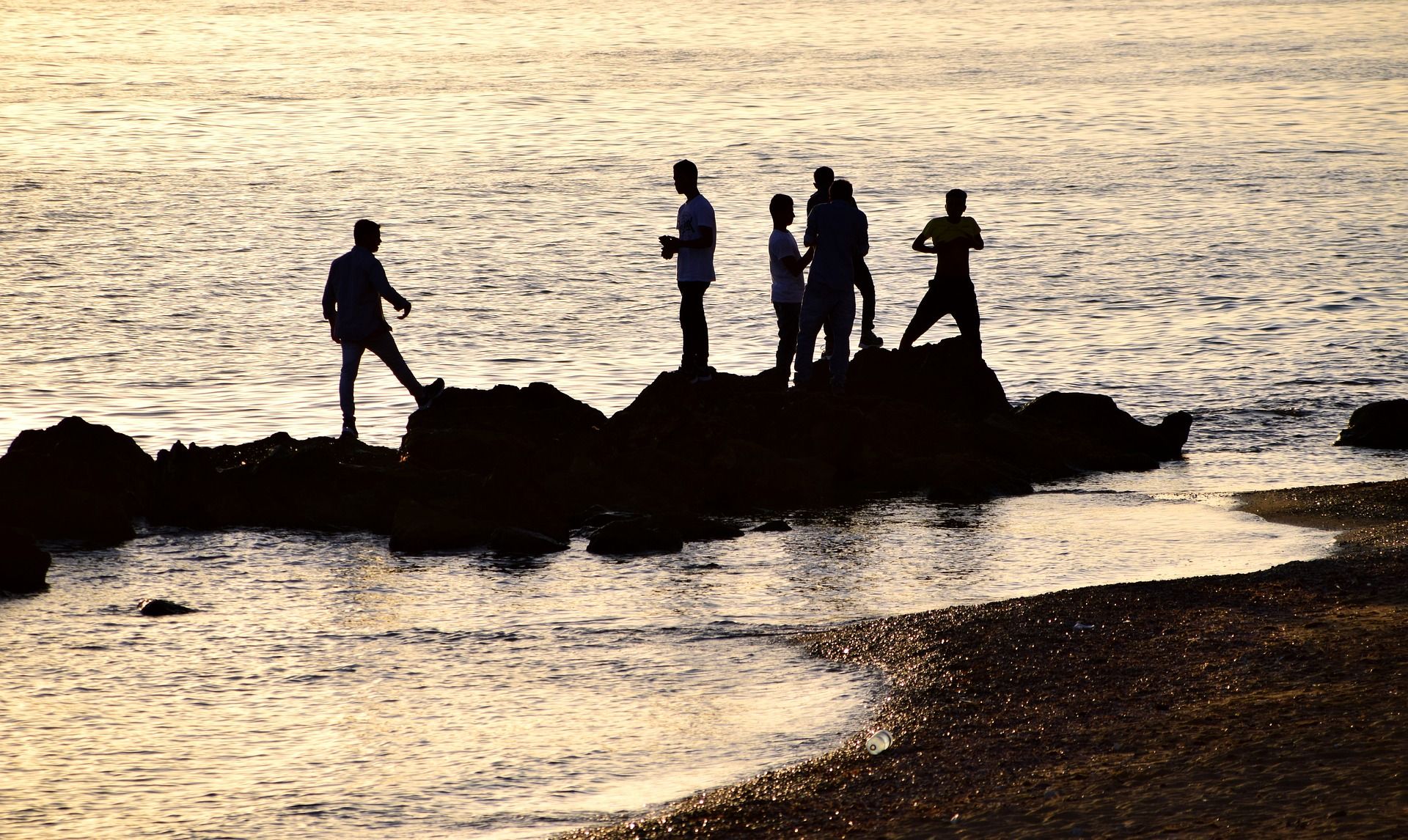When you vacation on Oahu, the center of attraction is Waikiki. Even if you stay in a remote resort area such as Turtle Bay or Ko Olina, you expect to see some action in Waikiki before you go home. That’s where the glitter and the glamour are.
Downtown gets bypassed way too much, except to perhaps check out the “historic” section on the way to or from Pearl Harbor. Too often you hear remarks such as, “There’s nothing downtown,” and “Don’t go downtown at night.”
It’s a bad rap that originated (with justification) after WWII, when martial law was lifted and military personnel with passes were free to prowl Honolulu streets and businesses sprang up everywhere to satiate their appetites. In the mid-sixties, even though prostitution was illegal by then, lots of shady goings on were tolerated to accommodate the military, the growing merchant marine force and the workers from the plantations. It was a good place for vacationers to avoid.
That’s all changed.
Today, in a tight 12-block area surrounding the Honolulu business district, you can find more than two dozen arts-related businesses and galleries, three live-performance theatres, two performance art venues, an alternative movie theater, and some of Honolulu’s trendiest nightclubs and restaurants. More than 75 ethnic restaurants — the variety is indescribable — dot the surrounding neighborhood. Most of the buildings were built at the end of the19th century.
The linchpin of this renaissance probably has been the Hawaii Theatre Center. The theater itself was built in 1922 as a venue for theater, popular entertainment, and film. In the mid-1930s, it became predominately a popular grand movie palace, and remained such until television arrived in the 1950s. From then it degenerated into what was essentially a foreign porn theater until its closing was announced in 1984. A group of local citizens, with additional funding provided by the Honolulu City and County, raised the funds for the theater’s purchase along with several adjoining properties. In 1986, the center was closed for massive renovation until it was rededicated and re-opened in1996. Now the Hawaii has once again become a popular venue for national touring shows, theater, concerts, film, television; and it’s attracted hundreds of thousands of patrons back through its doors to witness its resurgence as Honolulu’s preeminent venue. Restaurateurs, storeowners, artists, patrons of the arts and Oahu’s residents have caught on and the resurgence is amazing.
Downtown Honolulu has become an experience to plan for.
Your Blogger’s Side Bar
When we first moved to Honolulu in 1972, my wife Mary and I had business at the downtown courthouse. We knew nothing about Hawaii. I had visited my father here for a few weekends in the 60’s, but had spent most of my time visiting with him at his home, not taking in the sights.
It was mid-afternoon and we wandered through town, poking our heads into shops and sleazy bars, not seeing anything worth lingering to explore. We came across a large corner bar called Bill Lederer’s. Hey, we’d heard of William Lederer! He and Eugene Burdick had written that controversial bestseller, “The Ugly American,” about our country’s shoddy diplomacy in Southeast Asia. This place should be pretty classy.
It wasn’t. It was filthy. It smelled of stale beer and urine. For some reason we went to the bar and ordered a couple of beers anyhow. Mary asked for a wet napkin and wiped the sticky space right in front of us. Apparently curious about the suddenly clean surface, a cockroach the size of a half-smoked cigar with six hairy legs skittered to the center of it and seemed to size Mary up. Before I could slap down a five-dollar bill, Mary had made it to the bus stop. Once back at our new apartment, she implored me to move us back to Philadelphia. I promised I would if I ever raised the airfare.
Although most of the offices where I worked were in downtown office buildings, Mary and I avoided entertaining ourselves downtown until well into the 1980s.




